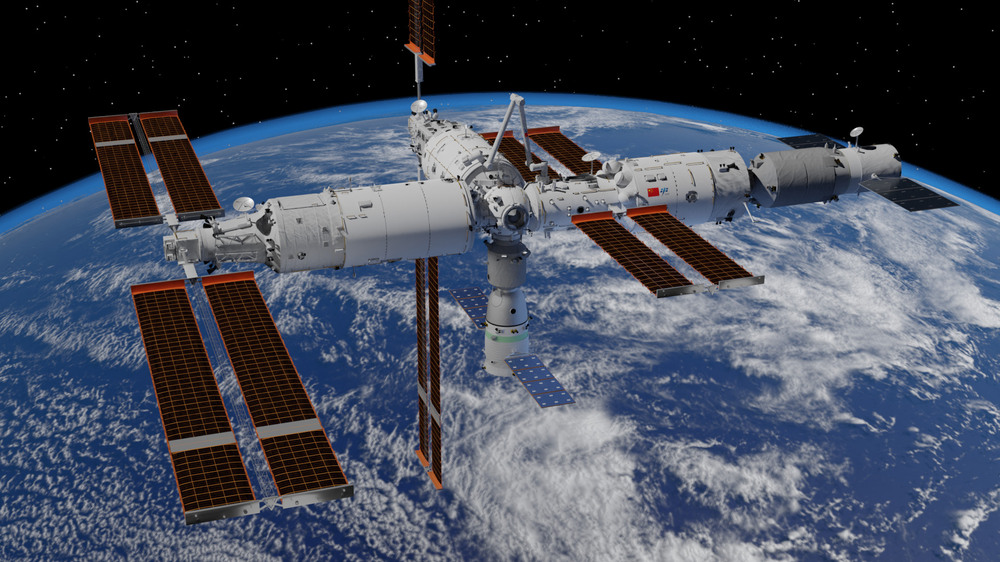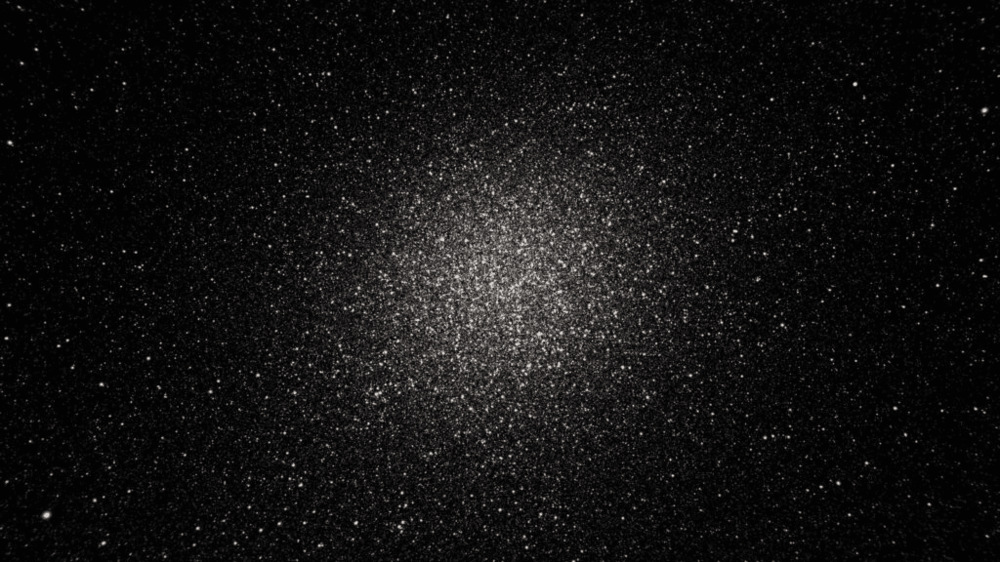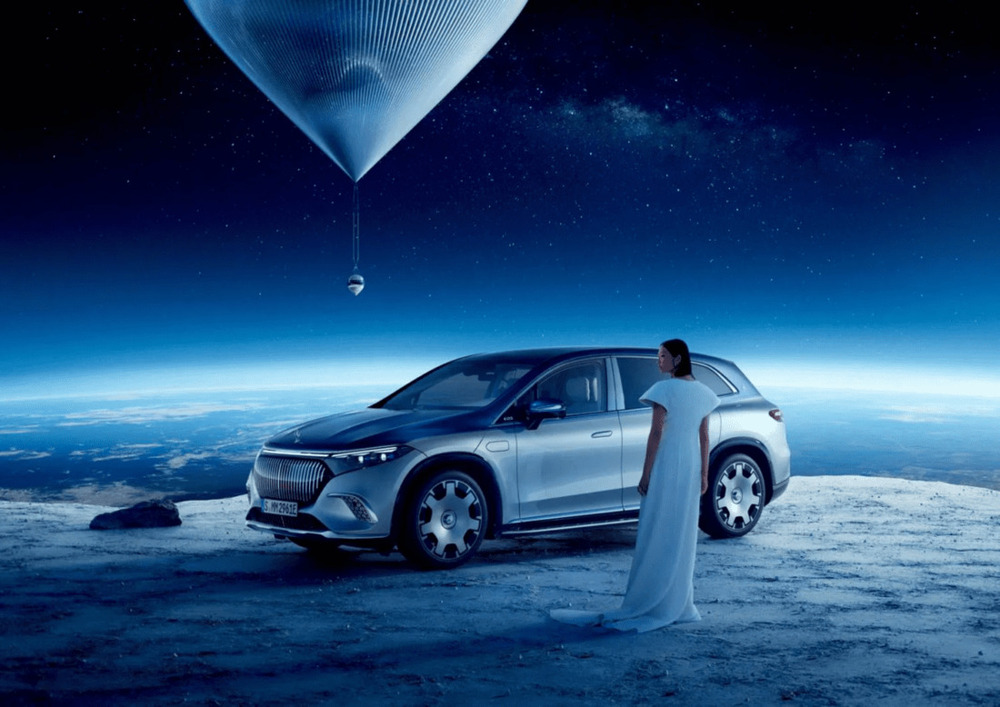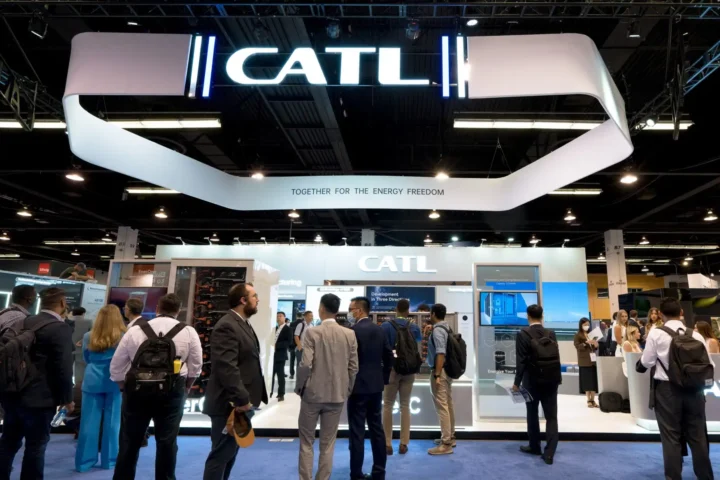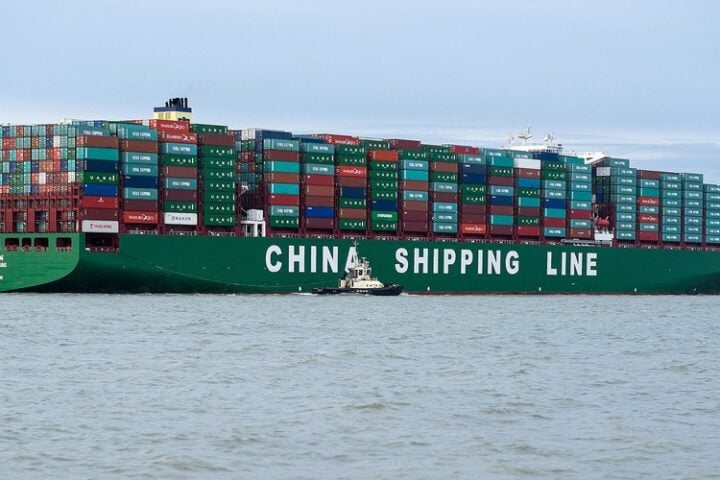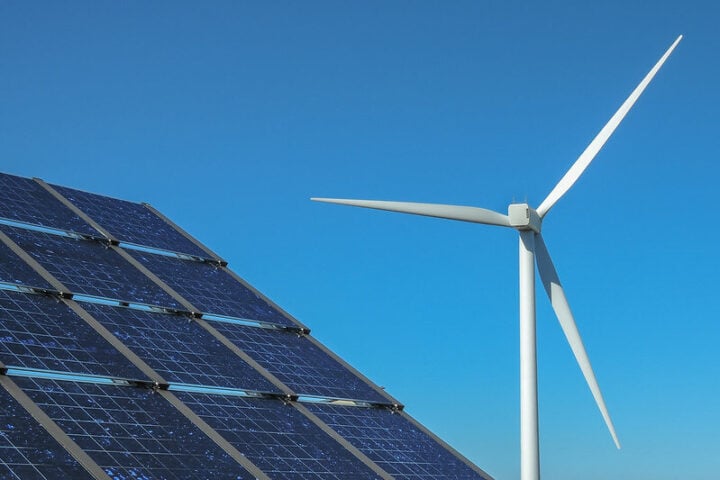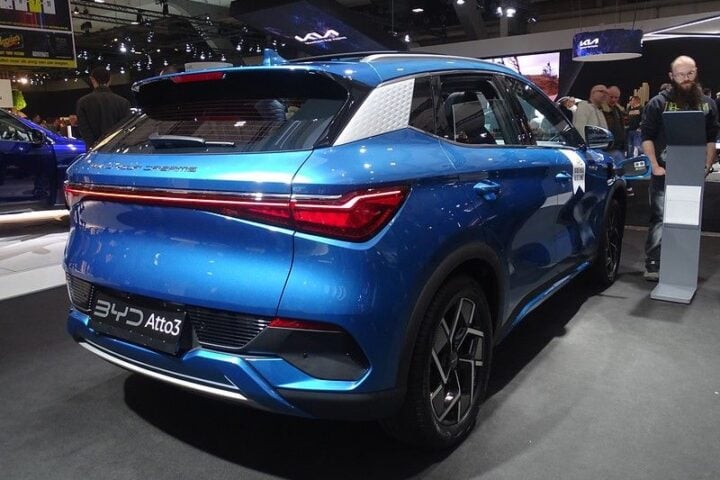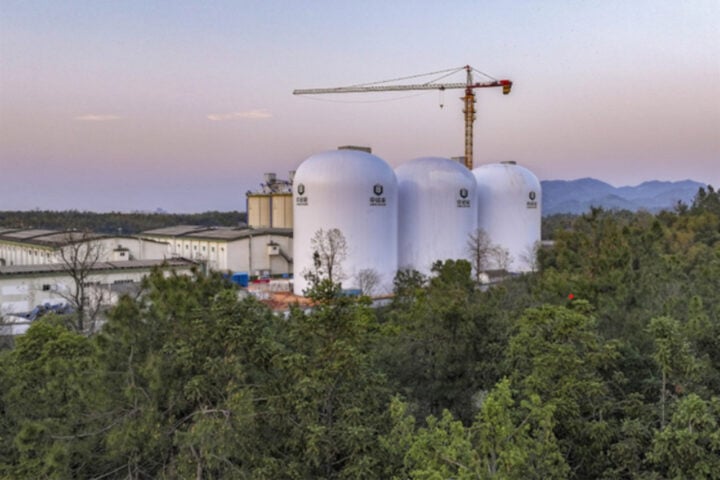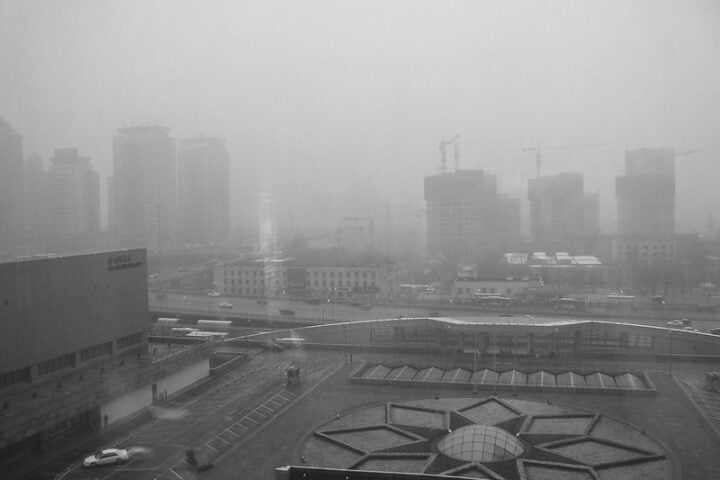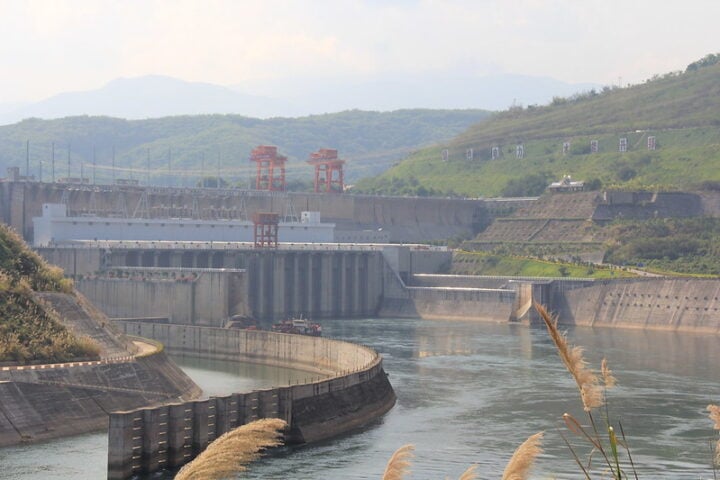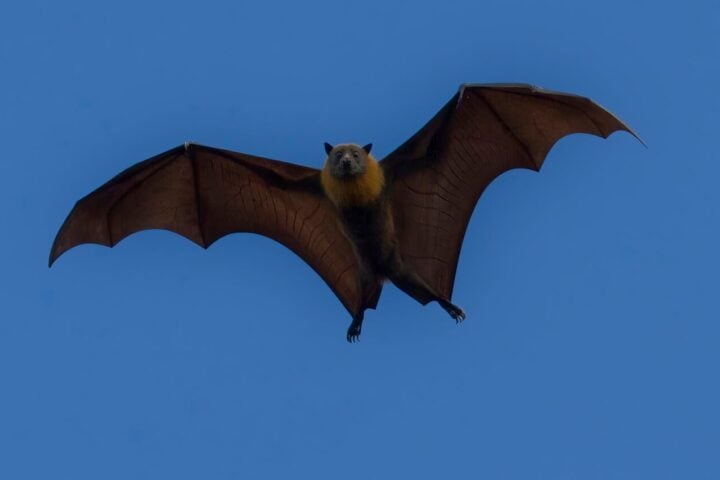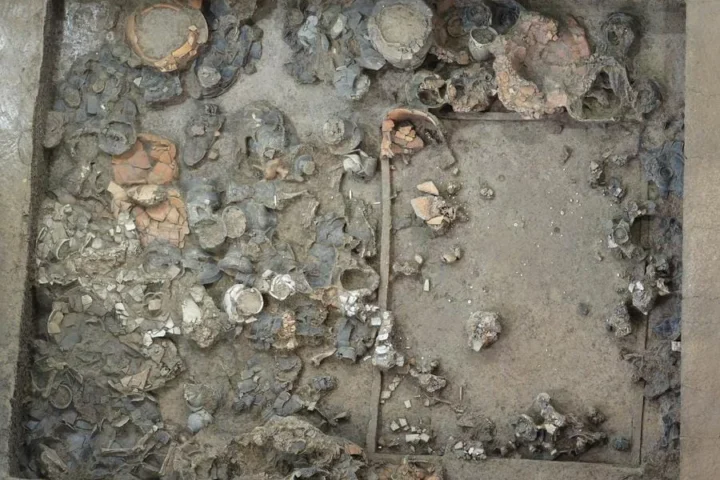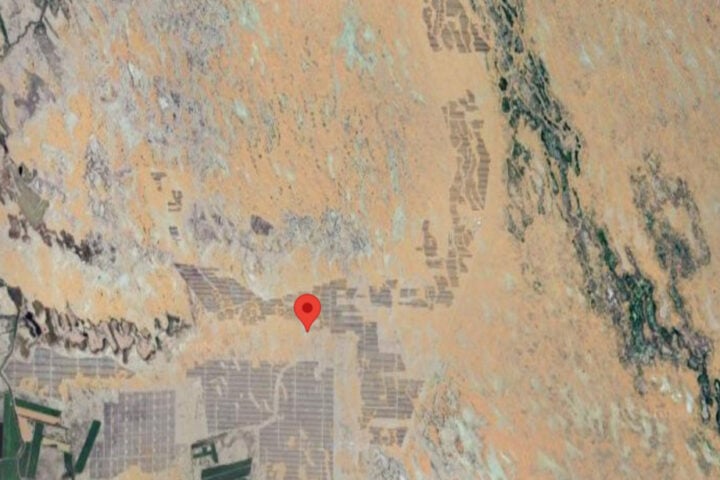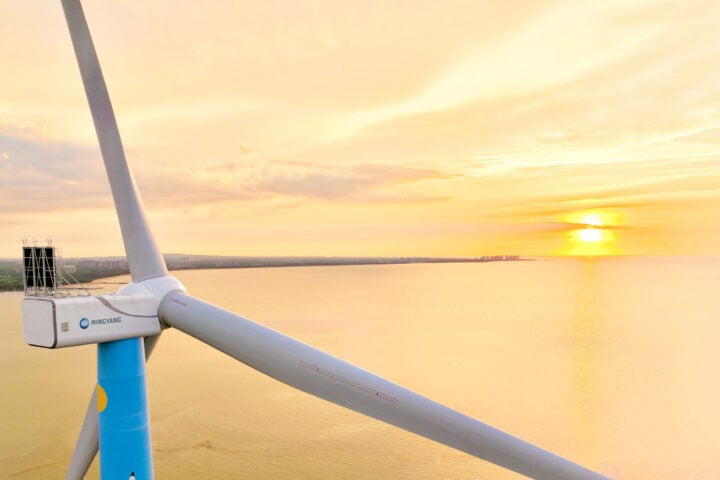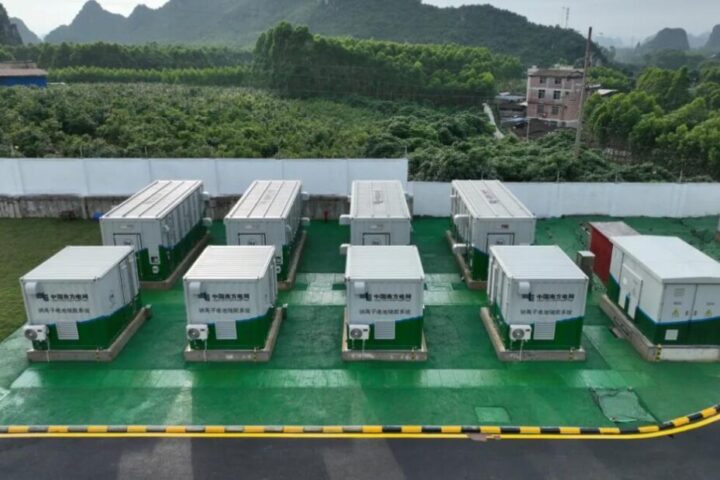Beyond Earth’s atmospheric yonder, where the stars twinkle with untold secrets and boundless possibilities, China’s Tiangong space station silently orbits, embodying the nation’s dreams and aspirations in the cosmic domain. The recent announcement at the 74th International Astronautical Congress (IAC 2023) in Baku, Azerbaijan, has cast a spotlight on China’s meticulous plans to enhance and expand Tiangong, signaling a significant stride in its space endeavors.
Tiangong, our “heavenly palace” in the skies, has been a silent observer, meticulously recording 894 days in the cosmic void since its operational commencement in late 2022. It has welcomed fifteen taikonauts, maintaining a consistent human presence for 764 days, and has become a symbol of China’s technological prowess and cosmic aspirations. Nestled between 340 to 450 km in orbital altitudes, Tiangong has served as a pivotal platform for research and technological advancements.
The China Academy of Space Technology (CAST) has shared that the expansion will see the integration of three new modules to the existing structure, which currently comprises the Tianhe Core Cabin Module (CMM) and two Laboratory Cabin Modules (LCM) – Wenhian and Mengtian. Furthermore, Tiangong is slated to extend its welcoming arms to researchers and astronauts until 2037 or potentially beyond, ensuring its presence in the low Earth orbit (LEO) even after the International Space Station (ISS) concludes its journey.
Similar Posts
Tiangong’s enhancement is not merely a physical expansion. It is a reflection of China’s foresight in establishing a robust and commanding presence in space. With the ISS set to retire in 2030, the global scientific community is on the brink of losing a crucial platform that has facilitated vital research and fostered international cooperation for over three decades. Here, Tiangong emerges not merely as an alternative but as a potential hub for international scientific collaboration and exploration in the post-ISS era.
However, the path ahead for Tiangong and China’s space aspirations is not devoid of challenges and intricacies. The European Space Agency (ESA), which once expressed keen interest in collaborating and sending astronauts to Tiangong, has recently retracted its intentions, citing budgetary constraints and political hesitance. The ESA’s decision, while being a setback, also underscores the intricate web of geopolitical and financial considerations that invariably influence collaborative scientific endeavors on a global scale.
Moreover, the expansion of Tiangong is not merely a physical or technological enhancement. It is a strategic maneuver, potentially positioning China as a pivotal player in the future of international space exploration and research. With an upgraded station that can accommodate up to six astronauts and weighs approximately 180 metric tons, Tiangong is poised to become a significant platform for conducting research in LEO, especially in an era where the ISS will no longer be available.
